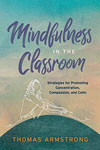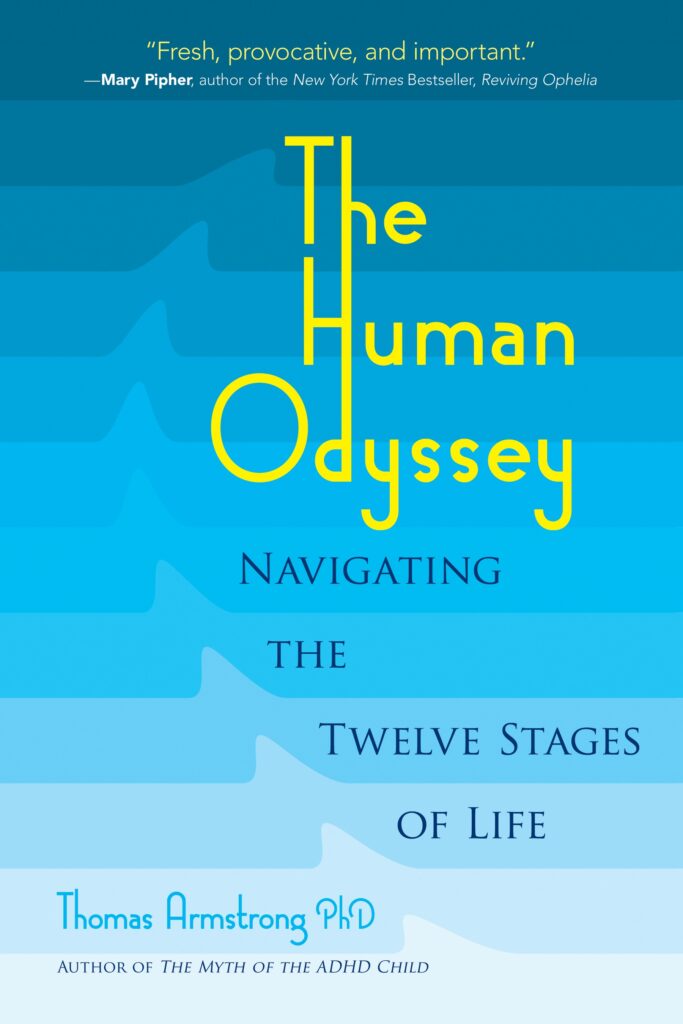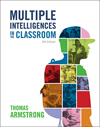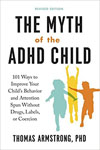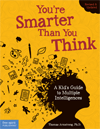A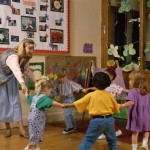 new study at Michigan State suggests that there is limited vocabulary instruction in kindergarten classes across the U.S., particularly for those students living at the poverty level. The is problematic because numerous studies have noted how building a good vocabulary right from start of schooling is directly related to later academic achievement and to success in a wide range of school subjects.
new study at Michigan State suggests that there is limited vocabulary instruction in kindergarten classes across the U.S., particularly for those students living at the poverty level. The is problematic because numerous studies have noted how building a good vocabulary right from start of schooling is directly related to later academic achievement and to success in a wide range of school subjects.
The above study didn’t specifically address the issue of students with special needs (i.e.,neurodiversities such as learning disabilities, ADD/ADHD, intellectual disabilities, autism, and emotional and behavioral disorders). These kids in particular need learning strategies that capitalize on their strengths in areas such as music, physical expression, social interaction, and interest in nature. Here are 17 ways to teach vocabulary skills in kindergarten and at other grade levels that are good for all students, but in particular are helpful for students with special needs.:
- Select and play recordings of musical pieces that have lyrics containing advanced vocabulary words (words beyond the students’ own grade level). At the end of each song, discuss with the students the words that have been used in the music.
- After having learned their definitions, have students dramatize the meanings of advanced vocabulary words. These can be quick improvisations of single words, or more involved dramatic presentations.
- As teacher, make up a story that includes a number of advanced vocabulary words, and then tell the story to the class in your own words. On subsequent days, have students’ re-tell the story while being prompted to use the vocabulary words that were contained in the original telling.
- Use the advanced vocabulary words in your own daily teaching. So, for example, at the beginning of the day, you might want to say something like: ”I’m so happy to see you all at the commencement of this school day.” Then ask the students if they can guess what the word means. Discuss the meaning of the word, and then plan on using the word several times during the day, or at the beginning of each day (that is, at the commencement of each day!).
- Take the advanced vocabulary words of the week and have students put them on colorful posters and then draw pictures of their meanings next to each word. Then, have students share their vocabulary posters with the class, giving the words and their ”picture” meanings.
- Show students how to take clay and form individual vocabulary words (by rolling out the clay and shaping them into individual words). Then have them create a clay sculpture next to each word that represent the word’s meaning. Students can then share their words and their ”meaning sculptures” with the rest of the class.
- Choose individual vocabulary words, such as the word elegant and then, after giving the meaning, ask students to think of a time in their life when they felt particularly elegant. Have the students share their personal experiences while using the word elegant in their account.
- Read children’s literature that includes advanced vocabulary words. As you read the story, stop at advanced words and ask the class what they mean. If no one knows, then provide a definition in your own words before going on with the story. Then, when re-reading the story at a later date, stop and ask students if they remember what the individual words mean.
- Put advanced vocabulary words on 8 x 11″ colored posterboard and put them in different places on the walls of the classroom (not in any ordered way). Then, in the course of the day, as you are engaged in doing other things, briefly interrupt your activity, walk over to a word, touch it, and give the definition. Repeat this over the course of the week, so that eventually all you’ll need to do is touch the word (as a prompt) and the students will be able to give the definitions.
- Go outside and place 10-12 advanced vocabulary words on 8 x 11″ sheets of posterboard in different places in a natural setting near to the school. Then take your students outside and have them gather around each vocabulary word as you give its meaning. Repeat this on subsequent days. Eventually, the students themselves will be able to provide the definitions.
- Draw a gigantic ”board game” using chalk on the concrete portion of the playground next to the school. In each square, write down an advanced vocabulary word. Make a huge die by taping colored posterboard into the shape of a cube with numbers from 1-6 on the sides. Then choose three or four students to play a quick game, where they throw the die and move the requisite number of squares. When they reach a square, they need to say the word and give its meaning (having previously been introduced to it in the classroom through other activities). If they get it right, they can roll again. Make the game quick enough so that several games can be played using as many students as possible.
- Have a ”show and tell” time during the day when students bring ”words” to share that they have ”collected” at home (and learned the meaning of from their parents). Each student will hold up a word written in large letters on a sheet of paper, say the name of the word, give its definition, and use it in a sentence. Classmates can then ask the student questions about the word (e.g. ”do you like the word?” ”when is a good time to use this word?” etc.).
- Create a cardboard puppet theater (using a refrigerator box or other large box), and make simple sock puppets as an art activity. Then have students take the sock puppets and put on a play where in the course of the action one of the sock puppets brings in a word (on a small card) and another sock puppet asks for the meaning of the word, which the other sock puppet then gives him (or says that he doesn’t know it, in which case the puppet can ask the teacher or classmates for the meaning).
- Put up advanced vocabulary words next to various objects around the classroom (e.g. ”intercom” ”encyclopedia,” ”book alcove” ”mathematics center” etc.), and then, when students are working near those objects, come around and ask the students to give the meaning of each word (or provide the meaning if they don’t know it). Repeat this over time so that everyone knows the meanings of each word of each object in the classroom.
- Have the class make a giant circle, and place an advanced vocabulary word on an 8 x 11″ sheet of paper or posterboard in front of one student (at her feet). Then put on some music and have the students go around the circle, making sure not to disturb the word. Then stop the music. Whoever is in front of the word must say the word and give its definition (or receive help from the teacher or classmates). Repeat this with other students and other words.
- When going on field trips, make sure to point out signs encountered that have advanced vocabulary words on them (e.g. ”no loitering, camping, vending, or parking of vehicles”), and provide definitions for them.
- For snack time, bring in foods that have interesting names (e.g. kohlrabi, parsnip, ketchup, sushi), and as students are sampling the foods, tell them a little bit about each food item.
For more strategies to help neurodiverse students achieve success in school, see my book Neurodiversity in the Classroom: Strength-Based Strategies to Help Students with Special Needs Succeed in School and Life (ASCD).
This article was brought to you by Thomas Armstrong, Ph.D. and www.institute4learning.com.
Follow me on Twitter: @Dr_Armstrong






